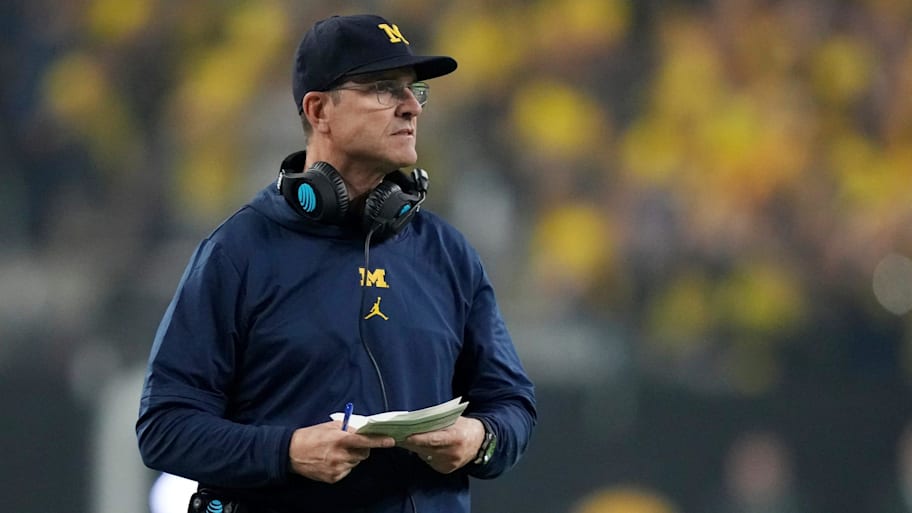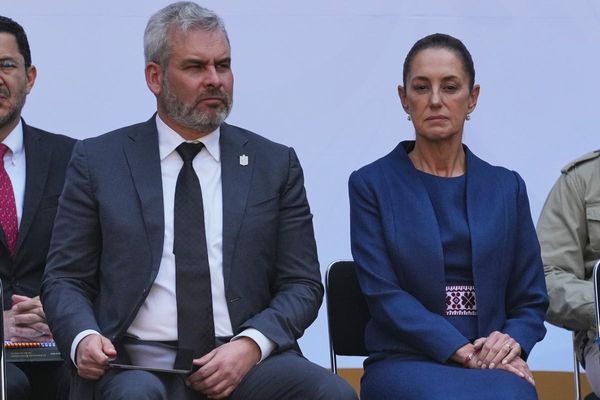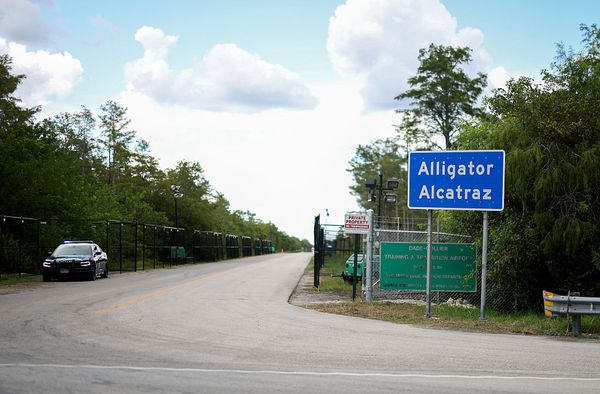
The NCAA released the findings and punishments for the University of Michigan on Friday following their investigation into the Wolverines' elaborate sign-stealing scandal.
The penalties include a 10-year show-cause penalty for former head coach (and current L.A. Chargers head coach) Jim Harbaugh, an eight-year show-cause penalty for supposed ring leader Connor Stalions, and a three-year show-cause penalty for former assistant director of player personnel Denard Robinson.
So ... what's a show-cause penalty? I'm glad you asked. Here's a brief explainer:
What is a Show-Cause Penalty?
A show-cause penalty is an administrative punishment levied on an individual for a certain period of time following a major NCAA rules violation. The length in which the penalty is ordered can vary, as can the sanctions beneath it.
Interestingly enough, an NCAA member school can hire a coach under a show-cause penalty, but the restrictions could carry over to their new team. Any school that wishes to hire a coach under a show-cause penalty has to justify the hire with the NCAA, and make the case as to why their school shouldn’t receive the same restrictions that were placed on the coach with their previous program. The new school could also be severely punished if the coach under a show-cause penalty is hired and commits additional violations while the order is still in effect. Given that most athletic directors wouldn’t want to deal with the added risk of such a hire, the show-cause penalty acts as another hurdle for coaches looking to start a new chapter.
These penalties are designed to prevent coaches from escaping their consequences by merely resigning and taking a job at another school.
More College Football on Sports Illustrated
This article was originally published on www.si.com as What Is a Show-Cause Penalty in the NCAA?.







